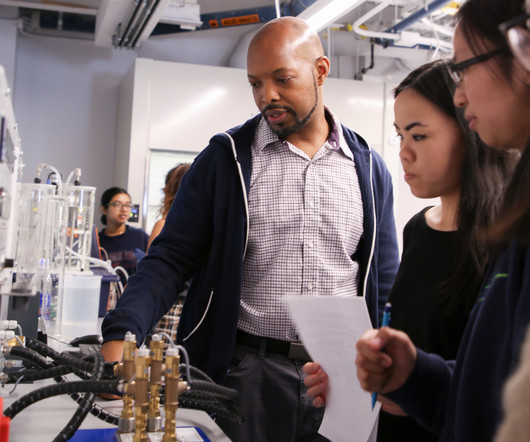The Complex Calculus of Clean Energy and Zero Emissions
Cars That Think
NOVEMBER 20, 2023
As legislation worked its way through Congress, Jenkins’s team provided elected officials, staffers, and stakeholders with a running tally of the possible trade-offs and payoffs in emissions, jobs, and economic growth. The target of reducing emissions by 50 percent by 2030 was established through an executive order in 2021.





















Let's personalize your content